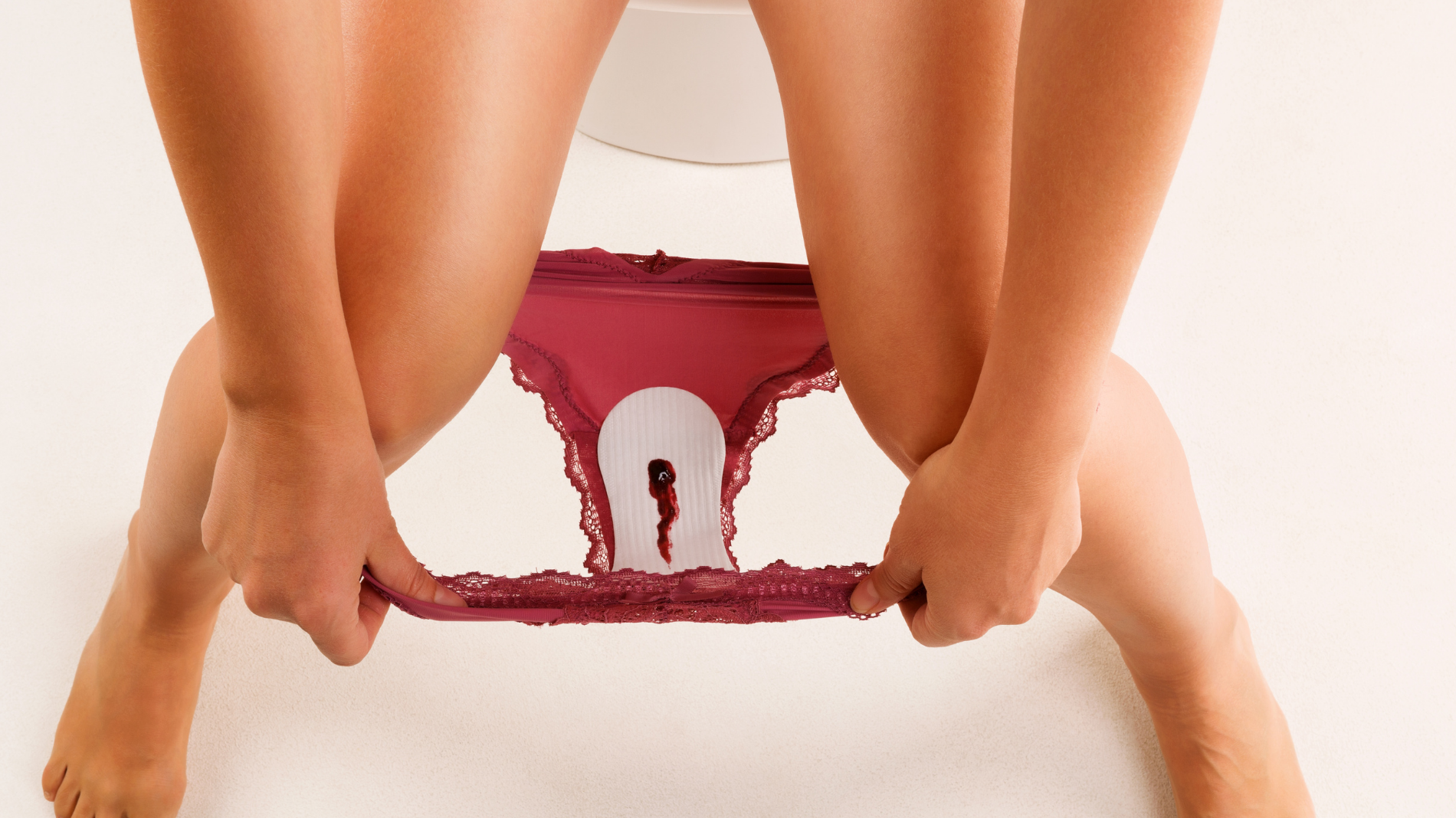Not sure what a withdrawal bleed is? Want to know how long a withdrawal bleed lasts? Well you’ve come to the right place! Withdrawal bleeding is a confusing topic, and only recently have more of us on the pill even realised that they aren’t the same as your typical period. Here’s everything you need to know about withdrawal bleeds…
The key differences you need to know are:
- You don’t need to have a withdrawal bleed every month.
- As long as you take your contraception as directed you are typically protected from becoming pregnant while having a withdrawal bleed. Always take your contraception as instructed or discuss with your doctor any changes you wish to make to your dosage.
- Withdrawal bleeds are typically shorter and lighter than typical periods.
- It’s not the same as a period, even though it looks (and often feels) the same, it’s not the same as your regular period.
- The hormones from the contraception affect the lining of your uterus and prevent it from thickening, so there’s less discharge and as they also prevent you from ovulating, there’s no egg for your body to discard.
What is a withdrawal bleed?
Withdrawal bleeds happen when you take a break from the combined pill, vaginal rings, patches or injections that often work on three-weekly cycles. When you stop taking your contraception your body experiences a drop in hormone levels. The drop in hormones causes your body to produce period blood and mucus.
Withdrawal actually refers to this drop in hormones. Contraceptive pills stop the uterine lining thickening, meaning that withdrawal bleeds typically feel lighter than our general periods and can even cause no bleeding or just light spotting.
Contrary to popular belief, withdrawal bleeding is not necessary. You can continue to take your contraception as normal without monthly breaks. Many opt to have withdrawal bleeds, so they know that they are not pregnant.
For more information, read our blog on the differences between menstrual bleeding and spotting.
Will I get a withdrawal bleed on the pill?
Pills, patches & vaginal rings can all cause withdrawal bleeding as they all contain the same hormones, oestrogen and progestogen. Other contraceptives such as a copper coil (IUD) do not contain these hormones, so you won’t experience a withdrawal bleed, however if you’re on the Intrauterine System (IUS) you may experience light periods (or a stop all together) as the progestogen is provided constantly with no break, but are not classed as withdrawal bleed.
Fun fact: when contraceptive pills first arrived, it was thought that women (or rather their husbands, religious institutions et al) would find the concept of ‘the pill’ more palatable if it mimicked a regular menstrual cycle, so it was manufactured to include a withdrawal bleed. However, there’s a lot more choice nowadays and some contraceptives continuously release hormones which gently reduces your period or even makes them disappear altogether.
Can I suffer from PMS during a withdrawal bleed?
Most will find that they experience fewer premenstrual symptoms with withdrawal bleeding than a regular period, however you may still encounter the usual suspects: headaches, cramps, cravings, water retention, mood changes etc but on a less intense scale. Remember, a lot of contraceptives have been (rightly or wrongly) prescribed as pain relief for severe period symptoms.
Blog disclaimer
Our blog is intended to share information and ideas around periods, health, and sustainability. While we do our best to keep content accurate and up to date, things can change over time. The information here is not intended as medical advice — for any health-related concerns, please consult a qualified healthcare professional. For more information on our claims, please see our Claims Page, and for the most up-to-date product information, please visit our Product Pages.






1 comment
Having serious cramps and spotting everyday but on a pill what can I do to stop this?